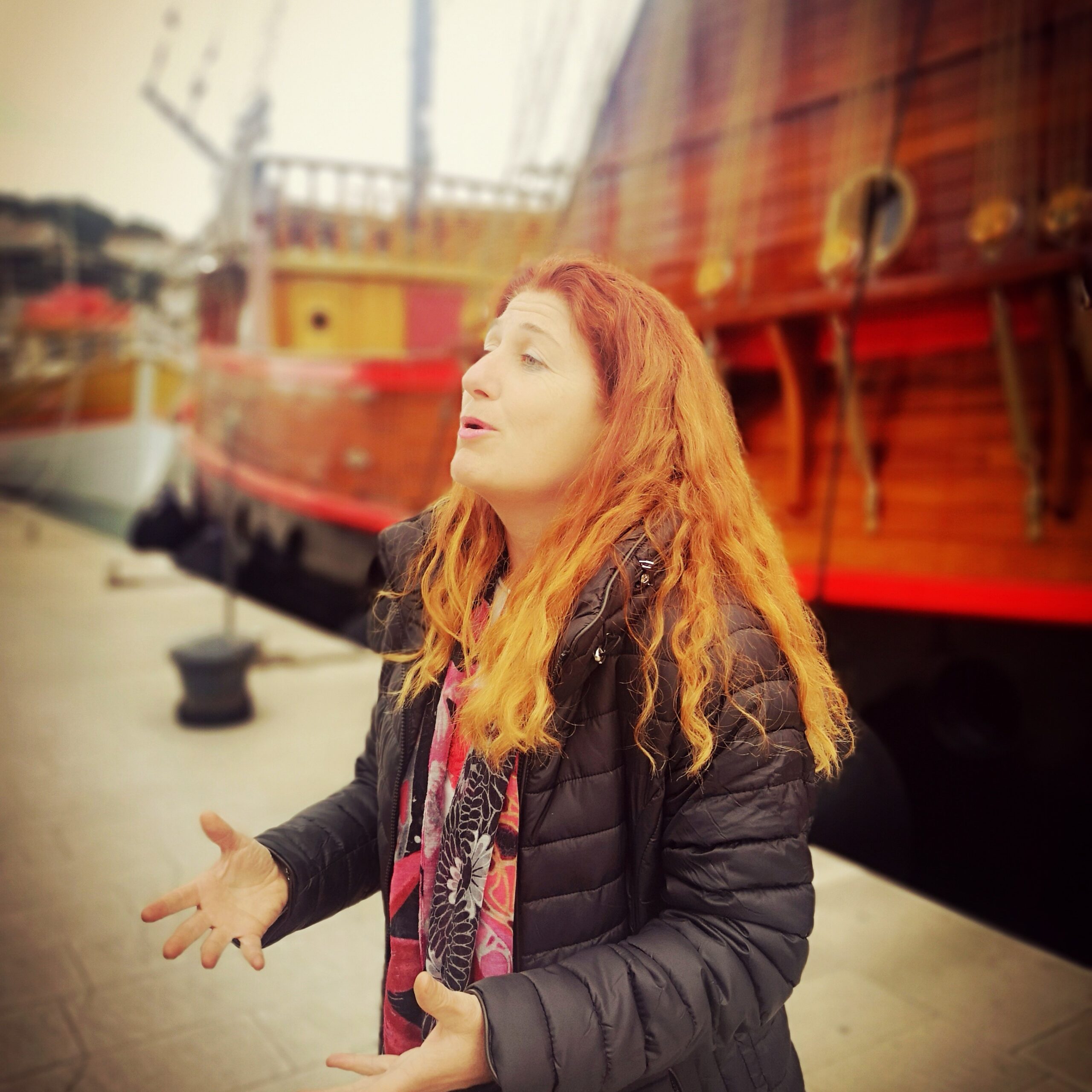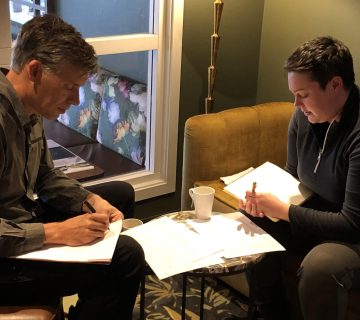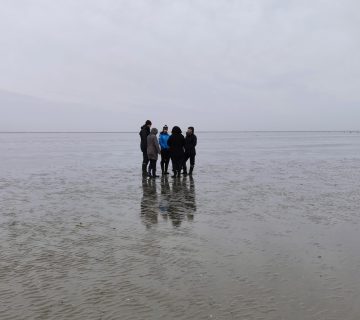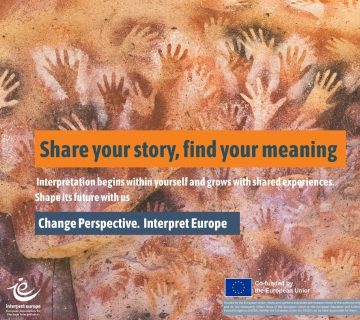The Interpret Europe Certified Interpretive Guide (CIG) course may tell you where to look, but not what to see.
A brief: Turning things upside down to get a better perspective of our heritage is always a good idea! How breaking the old patterns of thought, though difficult, can lead to greater new perspectives.
Trying to study or make an important decisions during strong “juzina”, a warm southern wind bringing rain to Dubrovnik, is never a good idea! The feeling during juzina is equivalent to wearing a cheap polyester suit while meeting your mother-in-law for the first time: hot and sweaty! It just so happened that on a day like this, our Interpret Europe course started.
I joined on an invitation of my good friend and now mentor, Max, though I did not need much convincing since a ‘curiosity killed the cat’ kind of attitude is what brought me to this line of work in the first place. Unhappily I will admit part of me was thinking what kind of mumbo jumbo this was, however, I would feel bad for passing on a great opportunity to see what was out there.
The classroom was located in an old Austro-Hungarian building from the turn of the century where Dubrovnik’s archives and county offices are located; its long corridors and ceiling windows did not promise much. Some new faces in the classroom mixed with some old ones and with an inevitable double shot of espresso in my hand from a nearby coffee machine, I raised my expectations.
Right from the start, our trainer unleashed his endless enthusiasm, questioning what could be considered as heritage, while sliding through the presentation. It was a great way of starting the course which already had our little grey cells lined up for an early morning fitness routine you keep putting off. The first day ended with many question marks, but we were promised a light at the end of the tunnel.
The first couple of days of the course felt like studying Chinese while having a very bad hangover. A change of perspective was needed, and it was time to pull out all the deep-rooted patterns of learnt presenting skills like weeds. Going out of the classroom was a literal out of the box thinking experience as we went to a nearby forgotten little park for some activities. The adult in us was put on stand-by, and we turned on that childhood feeling when learning was fun and you were completely unaware of it. Something had to give. The top became bottom, left became right, and that once forgotten detail blossomed into an idea. Like the much awaited wind of “Bura”, a northern wind which clears the sky, our minds began to open to some new ideas. The hangover was gone.
A few new friendships forged, and with a shot of “travarica”, we ended the course leisurely hanging out in the evening. Chatting away with my fellow colleagues I realised that probably the best decision in my life was to become a guide. This course made me appreciate my calling even more as being an interpreter not only requires certain skills, but holds a fair amount of responsibility – at the end of the day you are trying to find some sense of a place and put some substance to a meaning, hoping that the people who join you can do the same.
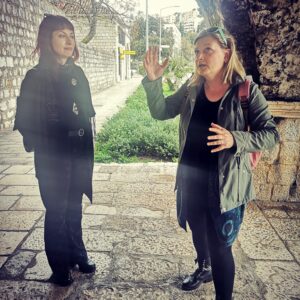
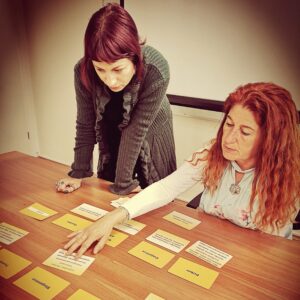
Images: Iva Hrdlicka
Iva Hrdlicka is a Guide working in the town of Dubrovnik, Croatia, and its surrounding area. After a colourful career working in international companies in the field of real estate, executive search consultancy and event management, she came back to her hometown Dubrovnik, where inspired by its intriguing history, she embarked on a new career as a tourist guide. She can be contacted at: ivahrd@yahoo.com.
To cite this article: Hrdlicka, Iva (2023) ‘New perspectives‘ in Interpret Europe Newsletter 2-2023, pg.17.
Available online: https://interpret-europe.net/wp-content/uploads/2023/07/Newsletter-2023_2-summer.pdf

